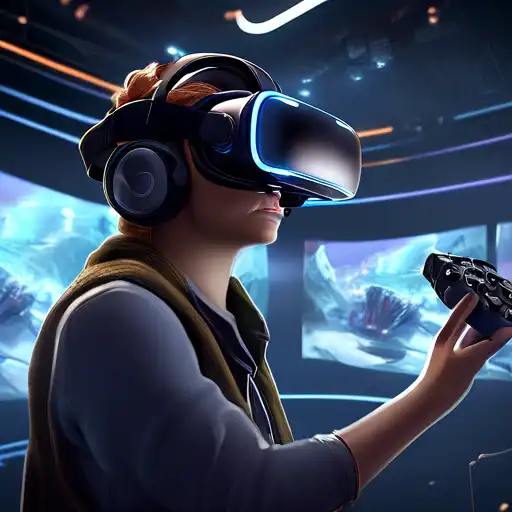Understanding the Complexities of VR Content Development
Virtual Reality (VR) has emerged as a groundbreaking technology, offering immersive experiences that were once the stuff of science fiction. However, developing content for VR presents a unique set of challenges that creators must navigate to deliver compelling experiences. This article delves into the hurdles faced in VR content creation and offers insights into overcoming them.
Technical Limitations and Hardware Diversity
One of the primary challenges in VR content development is the technical limitations and the diversity of hardware. Creating content that is compatible across various VR headsets, each with its own specifications and capabilities, requires extensive testing and optimization. Developers must ensure their content performs seamlessly on devices ranging from high-end PC-connected headsets to standalone mobile VR units.
High Development Costs
The cost of developing VR content can be prohibitively high. From the need for specialized software and hardware to the hiring of skilled professionals, the financial investment is significant. Small studios and independent creators often find it challenging to compete with larger companies that have more resources at their disposal.
User Experience and Motion Sickness
Creating a comfortable user experience is another hurdle. Motion sickness, caused by discrepancies between visual motion and physical movement, is a common issue in VR. Developers must carefully design movements and interactions to minimize discomfort, which can limit creative possibilities.
Content Length and Engagement
VR experiences are typically shorter than traditional media, partly due to the intensity of the experience and the current limitations of hardware battery life. Keeping users engaged over longer periods without causing fatigue is a challenge that content creators are still working to solve.
Strategies for Overcoming VR Development Challenges
Despite these challenges, there are strategies that developers can employ to create successful VR content. Focusing on user comfort, optimizing for a range of devices, and exploring innovative storytelling techniques can help overcome some of the hurdles. Additionally, leveraging emerging trends in VR can provide new opportunities for creators.
Collaboration and Community Feedback
Engaging with the VR community and collaborating with other developers can lead to shared solutions and innovations. Feedback from early users is invaluable for refining content and addressing issues before a wider release.
Embracing New Technologies
Advancements in VR technology, such as improved haptic feedback and more intuitive controls, are making it easier to create immersive and comfortable experiences. Staying abreast of these developments is crucial for any VR content creator.
In conclusion, while developing VR content comes with its set of challenges, the potential for creating truly immersive and engaging experiences is unparalleled. By addressing technical limitations, focusing on user comfort, and embracing new technologies, developers can overcome these hurdles and push the boundaries of what's possible in virtual reality.
